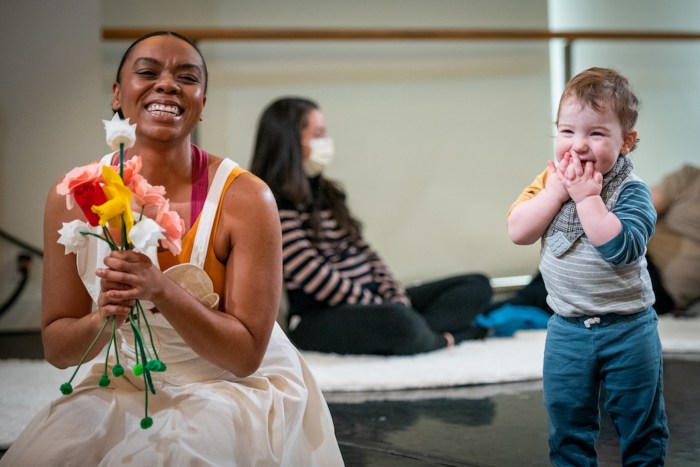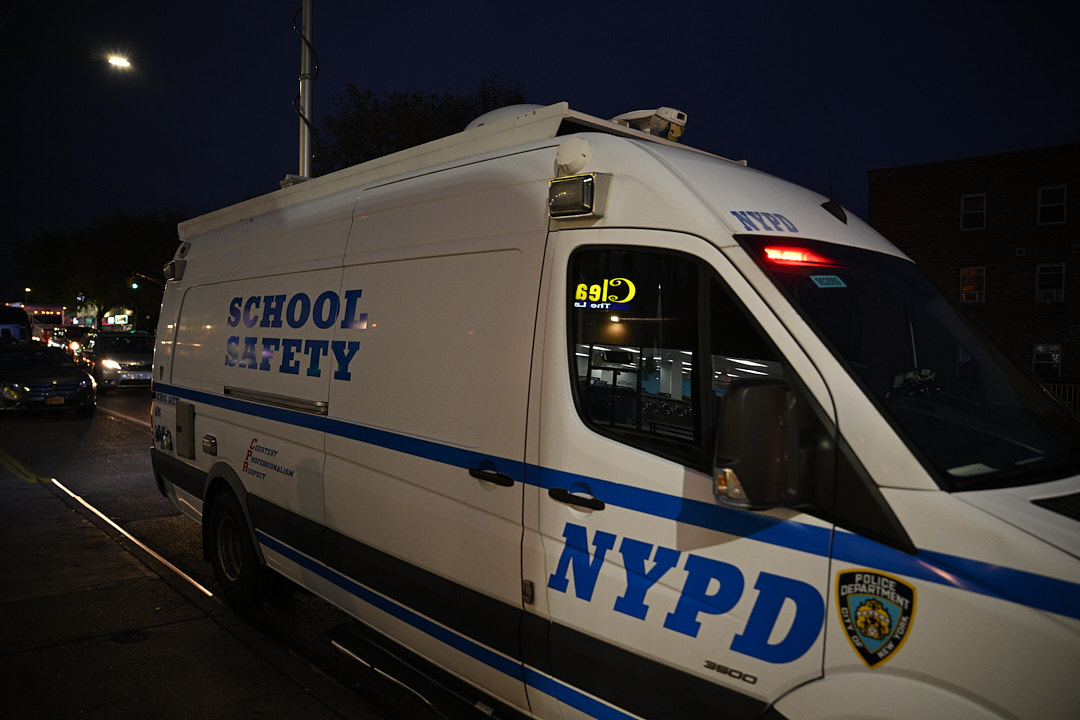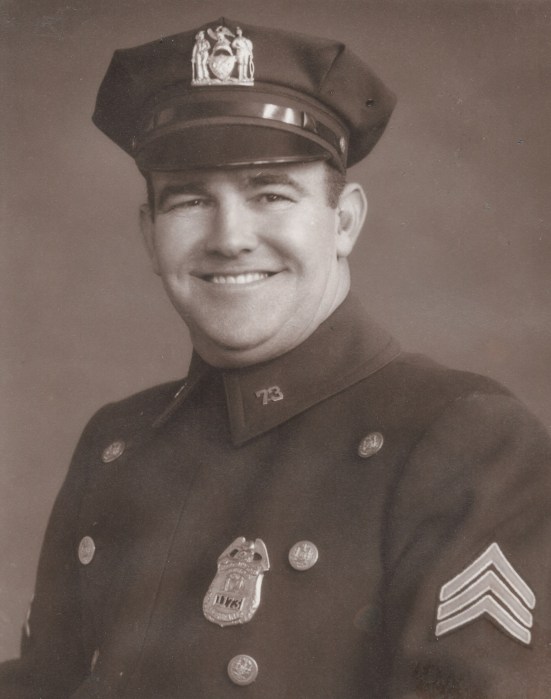
Central Park is a park for all seasons but it really comes alive in the spring.
The cherry and magnolia trees bloom, colorful songbirds return from their winter hiatus and winter-weary New Yorkers fill the ball fields, running tracks and playgrounds.
It takes a lot of work to get Central Park ready for the spring — which officially arrives Wednesday — and a crew of 200-plus gardeners, groundskeepers and technicians has been at it for weeks.
“Think of how you may go out with a rake and a blower to clean up leaves from last fall,” said John Dillon, vice president of park operations for the Central Park Conservancy. “The park is 840 acres. So we do that, but on a very grand scale.”

Dillon said the light snow season has helped hasten the job this year. The cover of snow can mask piles of leaves and debris, leaving an unpleasant spring surprise.
“So we are actually a little bit ahead of the game,” Dillon said.
The spring cleaning list for Central Park is as long as the 1.6-mile running path that surrounds its beloved reservoir.
There are 300 acres of lawn that need to be seeded, landscape beds to be mulched, four miles of bridal path to be graded and 150 water fountains to be activated.
Workers are also busy getting the park’s 26 baseball and softball fields ready for a city-wide opening day of April 6.

“That is quite an in-depth process, probably more than people realize,” Dillon said. “It involves grading out all that infield clay — making it level, smooth and firm — and building pitching mounds.”
Crafting those mounds on seven baseball fields (softball fields don’t need pitching mounds) is a two-person job and each one can take a full day to build.
“They have to be 8 to 10 inches high, 18 inches in diameter and have a level based on a 10-inch slope,” said Jake Shellenbarger, a groundskeeper, as he prepped one of the fields on a recent morning. “There’s a lot that goes into building the mounds.”
Activating the 150 drinking fountains and 10 ornamental water fountains is also a herculean task. Technicians aren’t ever really sure what they will find when they go to turn on a valve that has sat dormant for the winter.
“It’s inevitable there might be some level of repair,” Dillon said
It’s too early for the dazzling tulips and other flowers that draw crowds to the Conservatory Garden but glimpses of spring are popping out — from the snowdrops and daffodils to fuzzy buds on magnolia trees.
“A lot of that activity happens in April, May and June and you will see us out there planting, planting, planting,” Dillon said. “Early spring is more about preparing everything for that and preparing the park for use.”
To celebrate the start of spring on Wednesday, Central Park is hosting 12 hours of free activities including a birding tour, readings, fishing and games.
“We want to share the joy we feel this time of year with all New Yorkers and invite them to come to Central Park to get over their cabin fever,” said Elizabeth Smith, president and CEO of the Central Park Conservancy.
































